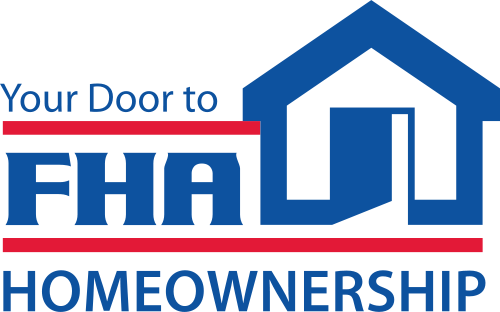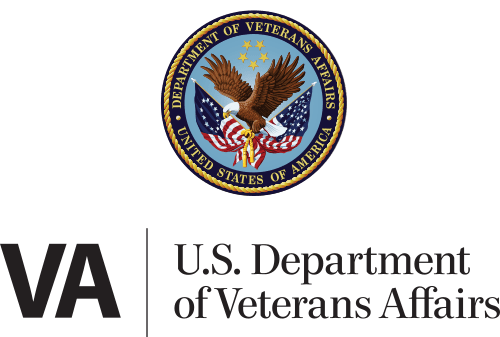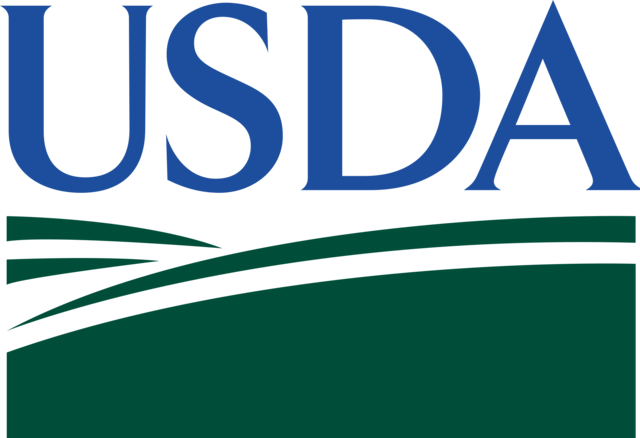Understanding Your
Getting approved for a home loan is one of the most stressful parts of buying a home, but it’s easier if you understand what your options are.
Choosing the home loan that is right for you involves making decisions about loan size, rate type, and government backing opportunities. Our goal at Seattle Mortgage Planners is to help you understand and successfully navigate these options. Check out the overview below, then contact us for a personalized consultation.
Choice #1: Loan Size
Choice #2: Rate Type
Choice #3: Government Backing
Let Us Get You the Loan You Need
Need help deciding what kind of loan is best for you? Contact us to discuss your options with an expert!



